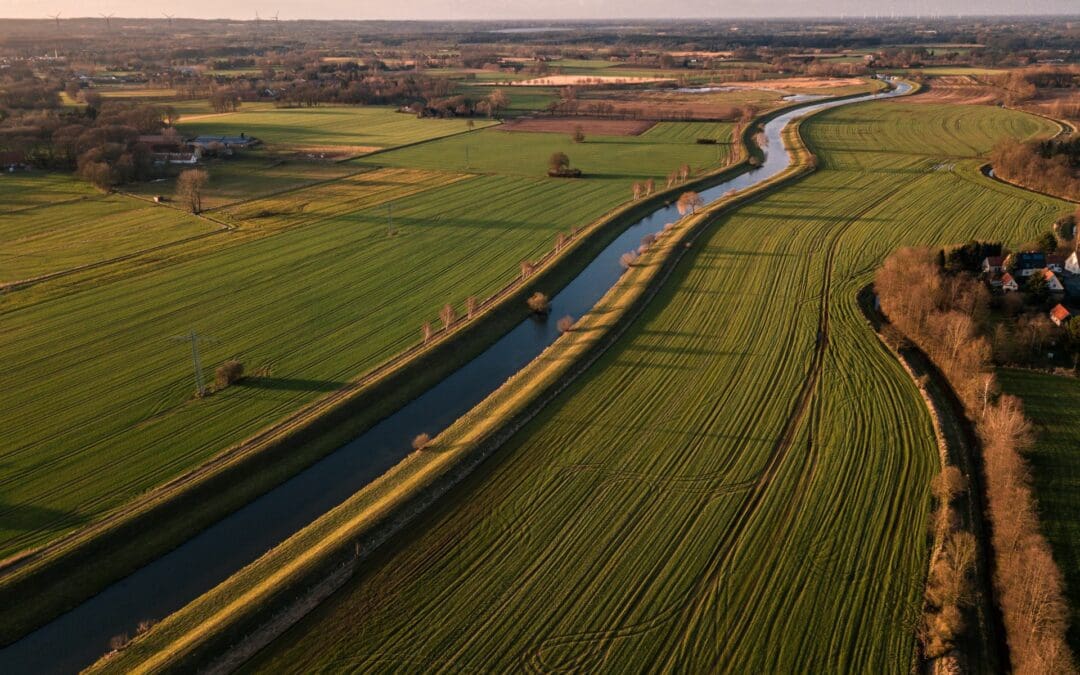Glyphosate was registered with the EPA as an herbicide in 1974. It has become one of the most widely used weed control methods in conventional farming worldwide. With proven technology, FreshPure Waters removes glyphosate from the drinking water that we offer.
A growing body of research shows that glyphosate may cause significant health risks, and in response, 28 countries have banned it. Luxembourg is the most recent country to ban glyphosate, while France has plans to enforce a ban in 2022. Germany will closely follow in 2023 to bring the count up to 30 countries. Many US cities and counties regulate the use of glyphosate in farming. The Environmental Protection Agency classifies glyphosate as a primary drinking water contaminant at the federal level. However, the EPA announced this January that no regulations are necessary on glyphosate for farming.
Health Concerns
Research is still being done on the health risks of glyphosate. Glyphosate has been shown to potentially increase risk of damage and a number of diseases including:
- Diminished digestive function and immunity due to reduction of beneficial gut bacteria
- DNA damage
- Birth defects
- Neurotoxicity
- Developmental toxicity
- Reproductive toxicity
- Liver damage
- Kidney damage (Mayo Clinic)
In addition to the toxic effects of glyphosate directly on humans, research shows that glyphosate can cause increased rates of Lyme’s disease and West Nile virus, and causes mutations in fish, and harms populations of bees and monarch butterflies. (Sierra Club).
Glyphosate and Cancer
Research on whether or not glyphosate causes cancer continues. In a recent analysis, the University of Washington found that exposure to glyphosate increased the risk of Non-Hodgkin Lymphoma by 41%. This differs from results reached by the EPA in 2017, which state that long-term low levels of exposure do not cause cancer. Meanwhile, two years earlier, “in March 2015, the International Agency for Research on Cancer (IARC), part of the World Health Organization (WHO), determined that glyphosate is probably carcinogenic to humans and therefore classified the herbicide as a Group 2A carcinogen.” The State of California classifies glyphosate as a known carcinogen.
So… How Much is Safe?
EPA’s Safe Drinking Water Act (SDWA) sets limits for known contaminants that have negative health effects. Under the SDWA, the federal Maximum Contaminant Level (MCL) is set at 700 parts per billion (ppb). The State of California sets its own limit at 5ppb.
How Does it Get into Water?
Glyphosate is highly water-soluble. It enters surface and subsurface water as runoff from farms and agricultural facilities. Agricultural communities are the most likely to have higher levels of glyphosate in their local water supply. Check your local EPA Consumer Confidence Report or Environmental Working Group’s Tap Water Database to see if your local water tested high for glyphosate.
What Removes Glyphosate from Water?
Activated carbon & reverse osmosis are both effective methods of removing glyphosate from water. (EWG). FreshPure Waters removes glyphosate from drinking water by using both of these methods in our purification process. Third-party labs confirm that our water is glyphosate-free. For the complete list of contaminants our purification system removes, visit this link.
